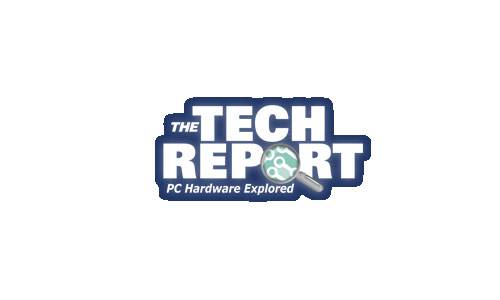That article is a decade old.
But a salient paragraph, right on the first page...
----------------------------
You shouldn’t
have to worry about the number of P/E cycles that your SSD can sustain. The previous generation of consumer-oriented SSDs used 3
x nm MLC NAND generally rated for 5000 cycles. In other words, you could write to and then erase data 5000 times before the NAND cells started losing their ability to retain data. On an 80 GB drive, that translated into writing 114 TB before conceivably starting to experience the effects of write exhaustion. Considering that the average desktop user writes, at most, 10 GB a day, it would take about 31 years to completely wear the drive out. With 25 nm NAND, this figure drops down to 18 years. Of course, we're oversimplifying a complex calculation. Issues like write amplification, compression, and garbage collection can affect those estimates. But overall, there is no reason you should have to monitor write endurance like some sort of doomsday clock on your desktop.
----------------------------
An 80GB drive, and 'decades' before potential fail.
Actual endurance tests:
http://www.anandtech.com/show/7173/...w-120gb-250gb-500gb-750gb-1tb-models-tested/3
Six weeks have passed since our last SSD endurance update. When we last visited our heroes, they had just crossed the half-petabyte threshold—no small feat for a collection of consumer-grade...

techreport.com
Further, what is the current TBW amount on your personal drives?
On one of my recently decommissioned systems...7 SSD's, with a cumulative 95TBW.
The C drive (500GB Samsung 850 EVO) was about 70TBW. Over 5 years, at 24/7 use.
The warranty number on that drive is 150TBW. It has already aged off the warranty, and nowhere near the TBW number.
Assuming it does not die of something else, I expect that drive will last in 24/7 use until 2030 or so.
Drives have gotten larger, and the wear leveling algorithms have gotten way better.
Do you know of any drives,
in normal consumer use, that have died from too many write cycles?
I've asked that question in here many times, and, to date, no one has said 'yes'.


